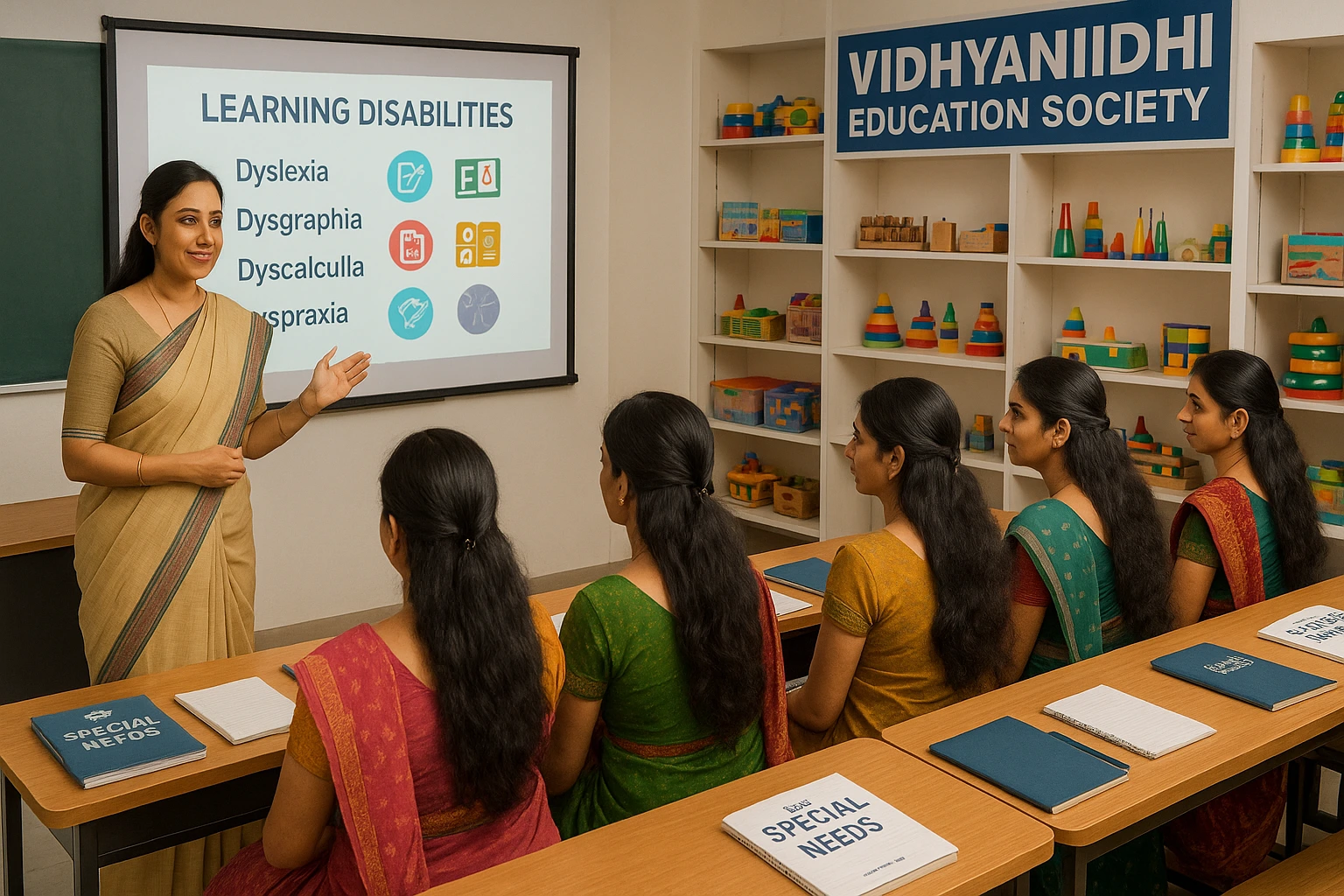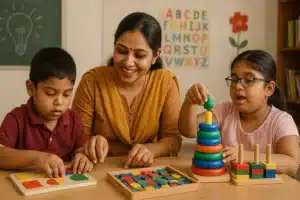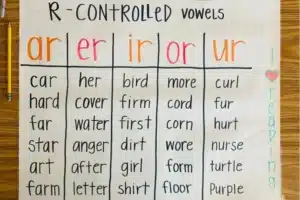
When the child is growing, a series of consistent behaviours of inattention, aggressive behaviour may be a warning sign for the parents to seek professional help. Parents can be baffled about what exactly is causing such behaviour patterns.
Regular signs of being distracted, incomplete school work, and assignments could be hinting towards a probability of ADD that impacts their concentration and attention span.
Understanding these crucial signs helps teachers and parents to provide the child with the desired academic aid and personal guidance, positively impacting their growth.
How to Recognise ADD in a Child?
The Signs of ADD have always overlapped with normal traits of childhood behavior. Due to this, recognizing ADD in a child is a challenging task. Early noticing of these signs and acquiring a formal diagnosis helps to initiate the process of remedial interventions, helping the child succeed at school and in the community at large.
Some of the most prevailing signs are listed below:
Very less attention span
The child can focus on a particular topic for a very small span, due to which most of their work is unfinished, leading to a huge work backlog.
Absent-Mindedness
When the child forgets about completing his homework, or fails to remember instructions daily can be a warning sign.
Disarranged mannerisms
The child always tends to lose his personal belongings, especially stationery and books. The overall surroundings look messy and disorganized.
Struggles to listen
The child struggles to pay attention while the topic is being taught, or he appears to be paying attention.
Dislike to think or take any efforts to think
ADD individuals will try their level best to avoid any tasks that require mental effort, that need concentration or focusing for a longer duration.
Clearly Befuddled
The child’s mind gets easily diverted by the slightest sounds or any movements in their surroundings.
The signs of ADD might be mistaken for a child’s normal behaviour traits, but when these signs appear regularly, affecting the child’s functioning, it is a warning sign and consulting a professional is a must for further procedure.
Getting an early assessment helps to confirm whether the child actually has ADD, which will further lead to the quick start of targeted interventions, helping the child manage their challenges effectively and function effectively.
For details of the SEN Course, Call / WhatsApp on +919321024137 / +919869866277.
To download the SEN Course brochure, Click Here!

What is the Behaviour of a Child with ADD?
ADD is a Neurological Disorder where the child cannot control their impulsivity, which leads to aggressive behaviour and defiance. The ADD individual looks lost and appears not to be paying attention or disinterested, but they are actually trying to process what is being spoken to them and deliver a favourable response.
The brain structure of the ADD individual is different compared to those who do not have ADD, due to which the processing of signals takes a hit, leading to poor functioning of the child.
Common behaviours include:
Inattention to Detail
ADD children fail to focus on small details that might be essential for the topic due to which there can be slip-ups in homework.
Unfocused easily
The child can get easily distracted even by a slight sound or any kind of movement that can shift their focus.
Negligent
The child seems to lose focus even when there is a one-to-one conversation, which makes the child look like he is daydreaming.
Disinterest in lengthy activities
Tasks that take a long duration and require concentration are disliked by ADD children.
Jumbled surroundings
The surroundings of the child look messy, and they may lose items frequently.
Inattentiveness
The child looks like he is inattentive and fails to follow instructions, especially when asked to bring materials or complete tasks.
One must note that the ADD child is not exhibiting these behavior patterns deliberately. On the other hand, they are struggling to navigate through their problematic daily routines and trying to manage their emotions and concentration. When parents, teachers, and caregivers try and acquire proper knowledge of these behavior patterns, it helps them use the best possible result-oriented techniques that help reduce the trauma and stress for the child, promoting their overall well-being.
For details of the SEN Course, Call / WhatsApp on +919321024137 / +919869866277.
To download the SEN Course brochure, Click Here!

How to Get Tested for ADD?
There is a systematic procedure involved in getting tested for ADD (Attention Deficit Disorder). It does not consist of just one test, but it is a series of steps that starts with a thorough scrutiny by a concerned professional.
Listed below is how the procedure of testing begins:
Visiting the child specialist
When the child displays consistent behaviors of aggression, inattention, one must make a visit to a child specialist to obtain further opinion.
Acquiring information
The Doctor will then do a detailed study of the child, getting information about the child’s history, including his school performance and behavior patterns.
Surveys and Feedback forms
Parents and Teachers might be asked to answer Questionnaires and Checklists to gain a deep insight into the child’s behaviour patterns and traits.
Scrutiny
The concerned professional may do a systematic scrutiny of the child when he is doing different activities to understand the child’s attention span.
Rule Out Other Conditions
Ensure that the child does not suffer from other disorders, such as anxiety, frustration, or depression.
A scheduled visit to a psychiatrist or psychologist can definitely help to get a better evaluation.
Early recognition helps to get a formal diagnosis at an early stage, enabling children to get timely aid and guidance for making learning joyful for the child.
For details of the SEN Course, Call / WhatsApp on +919321024137 / +919869866277.
To download the SEN Course brochure, Click Here!

Childhood ADD Treatment
Treating childhood ADD (Attention Deficit Disorder) includes a mix of customised methods as per each child’s needs. The objective is to increase attention, minimise day-to-day struggles, and support the child to succeed at home and in school.
Common treatment options include:
Behavioural Therapy
Teaches children to follow routines, self-regulation, and they learn to avoid distractions.
Parent Training
Provides support to parents for effective behaviour management of the child and to set proper expectations.
Classroom Support
In order to increase attention, teachers can make seating adjustments, use visual cues and reduce the tasks.
Medication
At times, stimulant or non-stimulant medication is prescribed by the doctors to help children manage their impulse control and attention.
Counselling
Building self-confidence, emotion management and problem–solving skills of the child can be enhanced through counselling and therapy.
Regularity at home and School is fundamental. Customised treatment and understanding help ADD children form robust learning habits and enhance social skills. Early interventions have a lasting impact.
For details of the SEN Course, Call / WhatsApp on +919321024137 / +919869866277.
To download the SEN Course brochure, Click Here!

Child’s Role in Their Treatment
To get better results for ADD treatment, it is important to have the child’s participation in the same. For enhanced positive habits and confidence, the child should know the challenges faced by oneself and be involved in the process of treatment. Support from trained professionals makes a difference. Vidhyanidhi Education Society (Govt. Regd.) offers a Special Education Needs Course that equips teachers and parents with tools to guide children effectively.
Here’s how a child can actively participate:
Understanding Their Needs
Age-appropriate explanations help children recognize why they find certain tasks difficult and how treatment helps.
Implementing Schedules
Children can use planners to implement each step to achieve a task. Visual schedules can be implemented for keeping notes of the tasks to be completed.
Expressing Feelings
Teaching to express their reasons for frustration or distractions helps others to effectively support them in managing their feelings.
Setting Goals
To keep children motivated, keep the goals clear and simple, eg improving listening skills or finishing a work.
The main objective of the Special Education Needs Course is to understand the different individual learning styles, behavioural interventions and emotional help. By involving the child and working with skilled educators trained through the Special Education Needs Course, families can create a steady path toward progress. Empowering children in this way helps them grow with greater confidence and control.
Join Vidhyanidhi Education Society’s SEN Course to shape futures as a Special Education Teacher!
For details of the SEN Course, Call / WhatsApp on +919321024137 / +919869866277.
To download the SEN Course brochure, Click Here!
FAQs
At What Age Can ADD be Recognized in a Child?
ADD can often be recognised by age 4–7 when signs like inattention or forgetfulness appear regularly across different settings.
What are the Signs that they May Need Medication?
If a child’s focus, behaviour, or impulse control affects daily life despite support, a doctor may suggest medication after a thorough evaluation.
Is ADHD in a Child Aged About 3 years? Curable?
ADHD isn’t curable, but it can be managed well with early support. Vidhyanidhi Education Society offers guidance through its Special Education Needs Course about effective ADD strategies.



